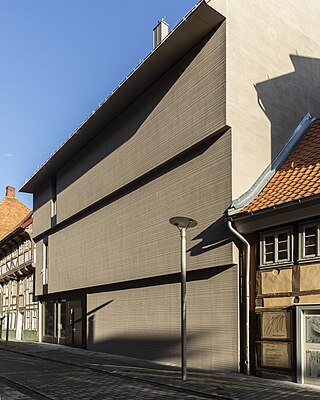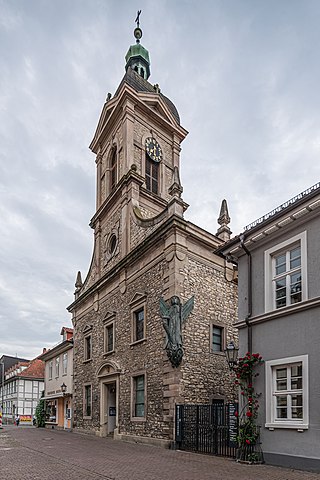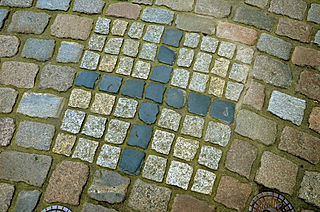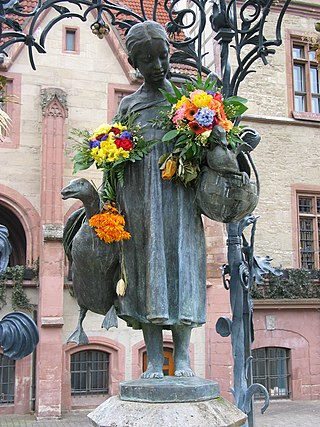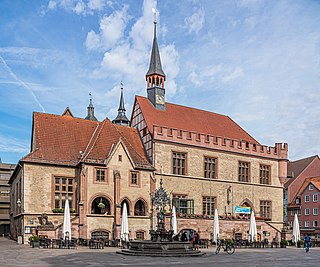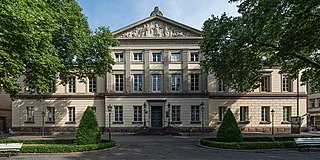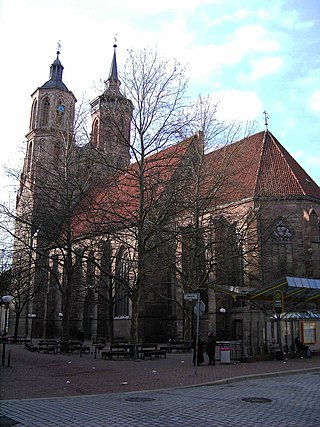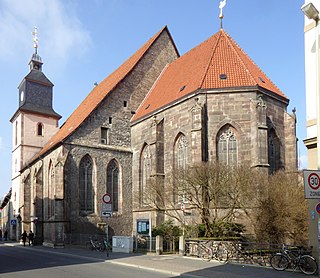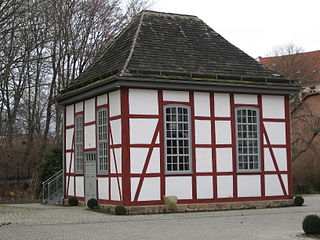Self-guided Sightseeing Tour #1 in Göttingen, Germany
Legend
Tour Facts
1.9 km
16 m
Experience Göttingen in Germany in a whole new way with our free self-guided sightseeing tour. This site not only offers you practical information and insider tips, but also a rich variety of activities and sights you shouldn't miss. Whether you love art and culture, want to explore historical sites or simply want to experience the vibrant atmosphere of a lively city - you'll find everything you need for your personal adventure here.
Individual Sights in GöttingenSight 1: Kunsthaus Göttingen
Kunsthaus Göttingen is an exhibition space in Göttingen, Germany. Its focus is on contemporary art for works on paper, photography, and new media with an international emphasis. The Kunsthaus is part of KuQua.
Sight 2: St. Nikolai
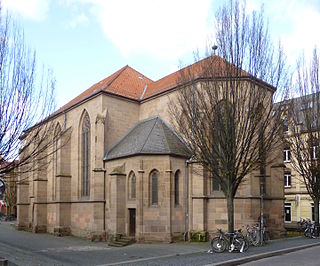
The St. Nikolai Church in the old town of Göttingen in Lower Saxony is a Gothic hall church with Romanesque origins. Since 1822, it has been the property of the Georg-August-University as a university church and is subordinate to the respective dean of the Faculty of Theology.
Sight 3: St. Michael's Church
St. Michael is the oldest Catholic church in Göttingen in Lower Saxony. It is located in the historic city center, is the parish church of the parish of St. Michael in the deanery of Göttingen of the Diocese of Hildesheim and at the same time a Catholic city church in Göttingen.
Sight 4: Schwarzer Bär
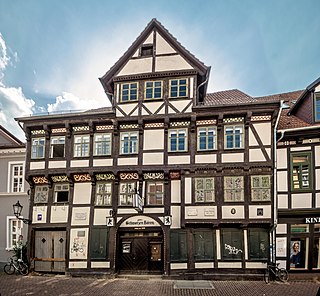
The Black Bear in Göttingen is a half-timbered house from the Renaissance period. The house name was first mentioned in 1592; the traditional restaurant Zum Schwarzen Bären has been in existence since 1637. The address in the old town is Kurze Straße 12.
Sight 5: Vierkirchenblick
The Vierkirchenblick in Hanover is a location in front of the Marktkirche, from which visitors can see the four church towers of the Evangelical Lutheran main churches of the capital of Lower Saxony. The position at Hanns-Lilje-Platz on the corner of Kramerstraße and Knochenhauerstraße is marked by a stone cross in the pavement. From here, in addition to the tower of the Marktkirche, the towers of the Aegidienkirche, the Kreuzkirche and that of the Neustädter Kirche built in the Calenberg Neustadt can be seen. The symmetrical cross is part of a circle of cobblestone stones of different colours, over which the red thread passes.
Sight 6: Goose Girl Well
The Gänseliesel is a fountain which was erected in 1901 in front of the medieval town hall of Göttingen, Germany. Although rather small in size, the fountain is the best-known landmark of the city. Today, it is an essential part of graduation celebrations, for every student who finishes a doctorate at the University of Göttingen has to climb the fountain and kiss the statue of the goose girl.
Sight 7: Old Town Hall
The Old Town Hall in Göttingen was built in several construction phases from 1270 onwards and was the seat of the council and administration of the city of Göttingen until 1978. It stands on the west side of the market square in the middle of the old town. Today it serves representative purposes, for events and exhibitions.
Sight 8: Universitätsaula
The auditorium of the Georg-August-University was inaugurated in 1837 on the occasion of the first centenary of the University of Göttingen as an auditorium in the classicist style, on behalf of King Wilhelm IV of Great Britain and Hanover on what was then Neuer Markt, today Wilhelmsplatz.
Sight 9: Saint John's Church
St. John's Church in the old town of Göttingen in Lower Saxony is a three-aisled Gothic hall church from the 14th century. With its towers visible from afar, it is one of the city's landmarks. Its patron is John the Baptist.
Sight 10: Saint Mary's Church
The Evangelical Lutheran parish church of St. Marien in Göttingen is one of seven churches in Göttingen's city centre.
Sight 11: Bodenfelder Synagoge
The synagogue in Bodenfelde, a community in the district of Northeim in Lower Saxony, was located at Mühlenstraße 24 in Bodenfelde on a farm property and has been located at Angerstraße 14 in the city of Göttingen since 2008.
Share
How likely are you to recommend us?
Disclaimer Please be aware of your surroundings and do not enter private property. We are not liable for any damages that occur during the tours.
GPX-Download For navigation apps and GPS devices you can download the tour as a GPX file.
